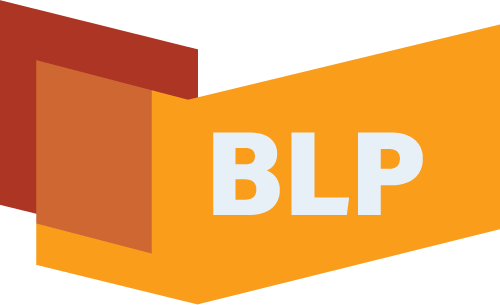The BLP is open and free for anyone to use. The work is licensed under a Creative Commons Attribution-NonCommercial-ShareAlike License.
Research Uses of the BLP
The BLP is widely used by researchers. For example, BLP dominance scores have been employed as a predictor variable or grouping factor in studies relating to second language acquisition, artificial language learning, sequential and simultaneous bilingualism, immigration, heritage language, bilingual sign language, language attrition, and language transfer. Linguists have looked at the role of BLP dominance in studies of relative clause processing, code switching, motion event descriptions, semantic generalization, syntactic prediction, and acoustic properties of speech in language contact and attrition contexts. Psychologists have studied the relationship of BLP scores to cognitive control, fear conditioning, and intra/extraversion. Neuroscientists have examined brain adaptations (activities, densities, connectivities) in response to observed changes in bilingual dominance. Speech scientists and clinicians have used BLP assessments in their work with bilingual aphasia and stuttering.
BLP Citations (Google Scholar)
Non-research Uses of the BLP
Beyond research contexts, teachers, guidance counselors, and school administrators can use the BLP to gather relevant information about bilingual students in their schools. Bilingual education, literacy development, heritage learning, and communication training are other contexts for BLP use. In the workplace, the BLP can be used to collect language history information about clients and employees. What is now guesswork about the linguistic profiles of bilinguals in these various settings can be replaced with BLP data for greater descriptive coverage and granularity.


